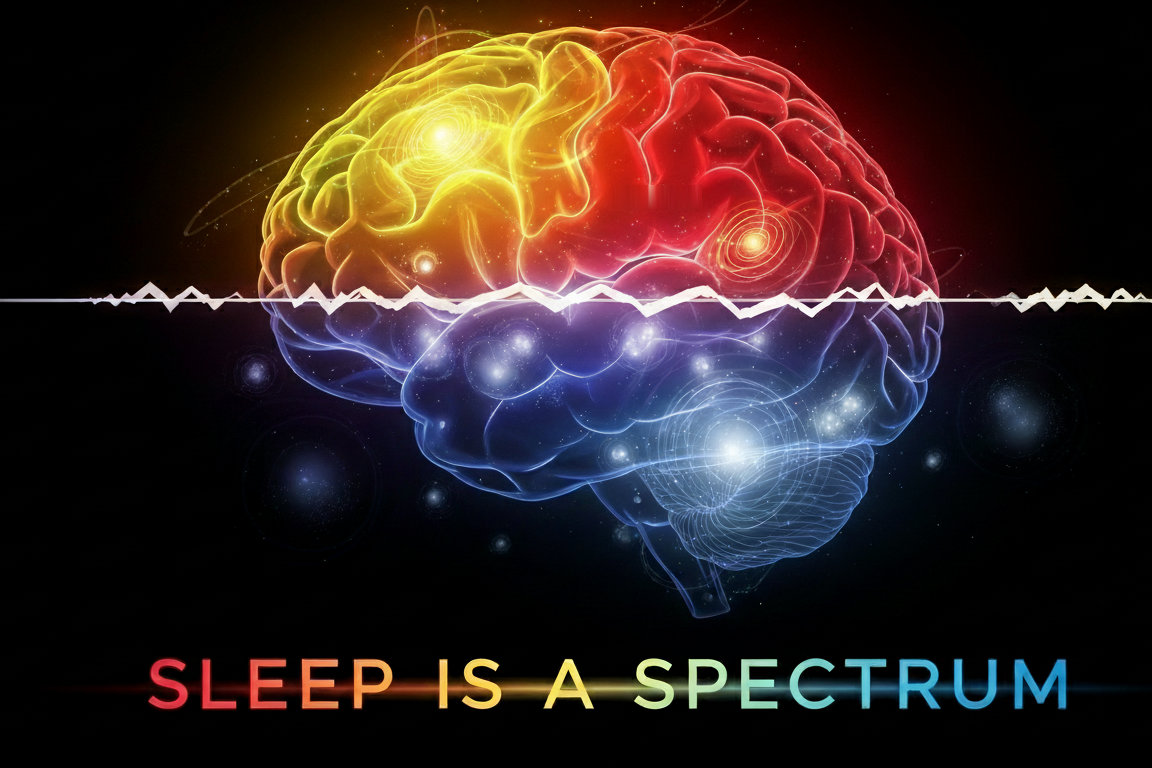Sleep feels like an on-off switch—you're either awake or asleep. But the brain doesn't flip that switch cleanly. Scientists studying the gray zone between these states are discovering unexpected boundaries, and these murky transitions may unlock answers to sleep disorders and creative breakthroughs.
Why it matters
Sleep isn't binary. Your brain exists on a spectrum between sleep and wakefulness, with different regions shutting down or waking up at different times. Map these in-between states, and you can explain why millions struggle with insomnia, sleep paralysis, and other disorders that hijack the transition.
“Our brains can really rapidly transform us from being aware of our environments to being unconscious, or even experiencing things that aren’t there. This raises deeply fascinating questions about our human experience.” —Laura Lewis, PhD, a sleep researcher at MIT.
The backstory
This blurred-boundary insight didn't come easily. In the 1930s, Alfred Lee Loomis pioneered electroencephalographs to study sleeping brains. He discovered neurons synchronize as we fall asleep, producing distinctive wave patterns. Later researchers divided sleep into precise stages—but those categories masked the messy, fascinating transitions between them.
How it works
Here's what happens during those messy transitions:
- Sleep starts in the hypothalamus, suppressing arousal circuits.
- The thalamus shuts off first, followed by the cortex minutes later.
- During this gradual shutdown, you experience hypnagogia, a dreamlike state between worlds, as some brain parts fall asleep and others wake.

The intrigue
Before scientists, artists and inventors figured this out. Salvador Dalí, Thomas Edison, and Edgar Allan Poe experimented with jolting themselves awake during hypnagogia, convinced it unleashed creativity. Modern research backs them up: people who wake after 15 seconds in this state solve problems three times more effectively.
Reality check
When researchers tracked 100+ people falling asleep, they found the categories don't hold:
- Some experienced dreamlike imagery while brain waves showed they were technically awake.
- Others had conscious thoughts while technically asleep.
- The line separating these states is far blurrier than textbooks suggest.
Yes, but
The blur goes both ways. Even when you think you're fully awake, parts of your brain could be sleeping. This phenomenon, called "local sleep," lets overworked neurons rest while you power through your day.
The bottom line
Sleep disorders are transition failures.
- Insomnia: you can't initiate the shift.
- Sleep paralysis occurs when your cortex wakes before the body-control regions catch up.
Scientists are pinpointing what breaks—and how to fix it by mapping these transitions second-by-second.


